Introduction
The term “Abura-kasu” refers to a traditional Japanese food ingredient, historically rooted in Osaka’s culinary culture. It particularly comes from the Minamikawachi region. While its name might be unfamiliar to many, it represents a distinct and cherished element of local gastronomy. Abura kasu comes from the slow-frying of bovine small intestine, a process that yields a unique product. It features a crisp exterior and a tender, gelatinous interior. The resulting ingredient offers deep, concentrated umami flavor, which has contributed to its growing popularity beyond its region. This article provides a comprehensive overview of Abura-kasu, examining its definition, historical context, culinary applications, and practical considerations.
Definition and Characteristics of Abura kasu
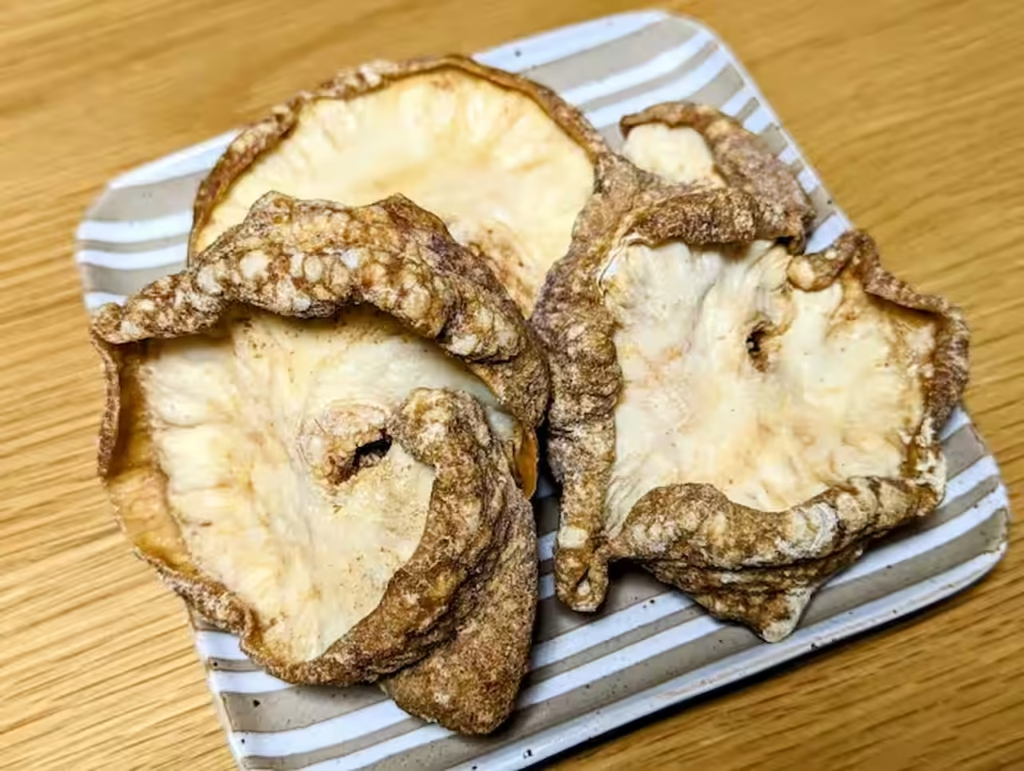
Abura-kasu is a preserved food product made by deep-frying beef small intestine (known in Japan as horumon) at a low temperature over an extended period. This meticulous cooking process serves to render out excess water and fat, thereby concentrating the meat’s intrinsic flavor components.
- Production and Sensory Profile: The preparation involves thoroughly cleaned bovine small intestine, which is then carefully fried. This technique results in a unique dual texture: a crisp, fragrant outer layer and a soft, chewy, gelatinous core. The process significantly enhances the natural umami, yielding a product with a profound, savory, and subtly sweet flavor profile. While its dry, dark-brown appearance may seem unassuming, Aburakasu rehydrates when added to liquids such as broths, releasing a potent and complex flavor.
- Nutritional Profile: The primary nutritional components of Abura-kasu are lipids and protein. It is also a notable source of collagen, a substance often associated with skin health. It is important to note that the ingredient is high in caloric content, and should therefore be consumed in moderation as a flavor enhancer rather than a primary food item.
Historical Origins and Cultural Context
Abura kasu originated in the Minamikawachi region of Osaka Prefecture, particularly in the areas surrounding the cities of Habikino and Matsubara. Historically, this region has been a center for meat processing. Abura kasu was developed as an ingenious method of preserving and utilizing beef byproducts that would otherwise be discarded.
This practice exemplifies the Japanese culinary principle of minimizing waste, known as mottainai. The term horumon, meaning “offal,” is believed to derive from the Kansai dialect phrase hōru mono, meaning “things to be thrown away.” Thus, aburakasu is a testament to the resourcefulness of transforming a humble by-product into a valuable, flavorful food. Initially consumed by laborers for its high energy content and long shelf life, Abura-kasu’s distinctive taste gained wider recognition through word-of-mouth and the emergence of specialized restaurants, such as Kasuya. These restaurants brought Abura kasu to the attention of a broader audience across Osaka and, subsequently, the nation.
Culinary Applications
Functioning as a powerful flavor enhancer, Abura kasu can significantly elevate the taste profile of a wide array of dishes. Its applications are diverse, but several stand out as classic preparations.
Kasu Udon
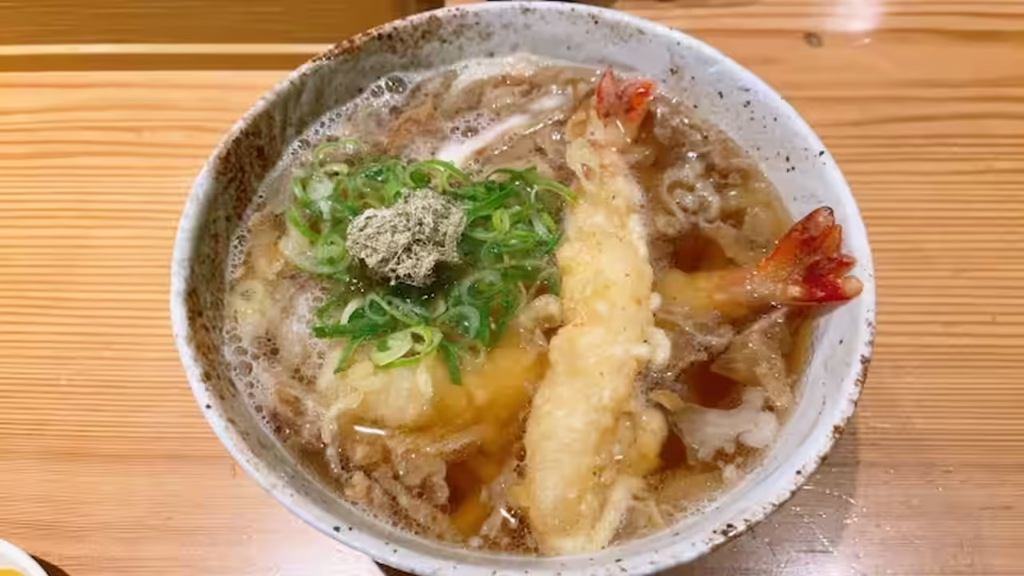
This is arguably the most iconic dish featuring the ingredient. When added to the hot dashi broth of udon noodle soup, the Abura kasu softens and releases its concentrated umami, imparting a deep, complex, and savory-sweet flavor to the soup. The rehydrated texture of the Aburakasu itself becomes a pleasing component of the dish.
Okonomiyaki and Negiyaki

When chopped and incorporated into the batter of these savory Japanese pancakes, Abur -kasu provides a robust savory dimension and a delightful textural contrast that complements the other ingredients and sauces.
Yakisoba
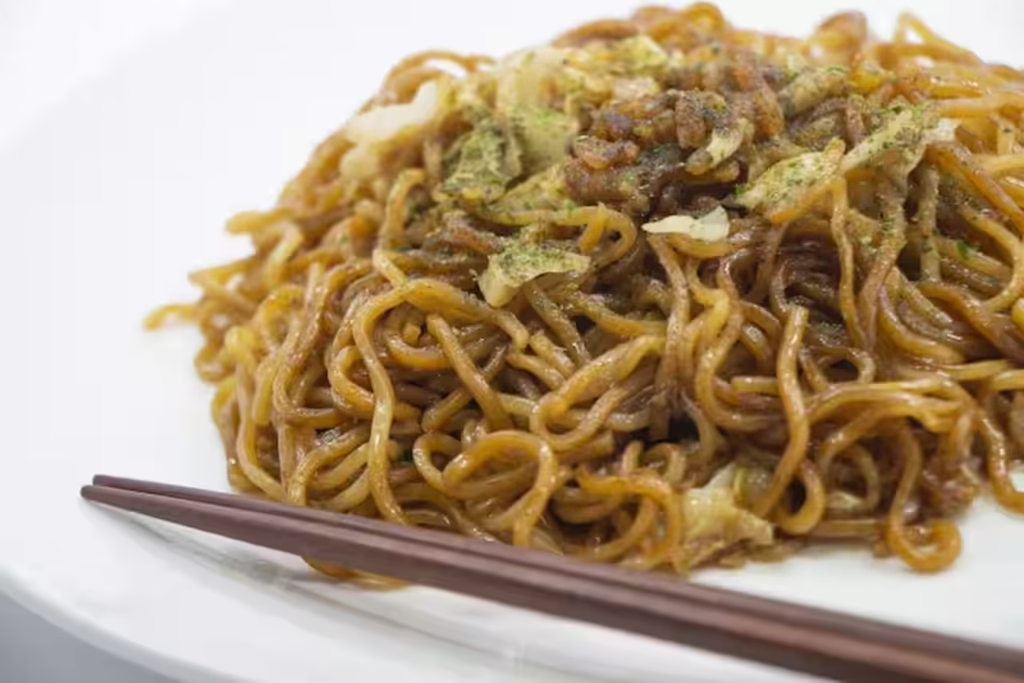
The addition of Abura-kasu to stir-fried noodles introduces a rich aroma and a profound umami that pairs exceptionally well with the tangy yakisoba sauce, transforming a standard dish into a more complex and satisfying meal.
Other Applications
The versatility of Abura-kasu extends to numerous other dishes, including fried rice (chahan), curries, hot pots (nabe), and even as a filling for takoyaki. It can also be finely chopped and added to pasta dishes, such as aglio e olio, to introduce a unique savory depth.
FAQ
- What are the health considerations regarding its fat and calorie content?
While Abura-kasu is high in both fat and calories, it is also a source of high-quality protein and collagen. As with any energy-dense food, you should consume it in moderation. When you use it as a flavoring agent to enrich broths or dishes, you can enjoy its nutritional benefits without excessive consumption.
- How should one store Abura-kasu after purchase?
The standard and recommended method for storing Abura-kasu is freezing. To maintain its quality, you should divide it into smaller, convenient portions, wrap it securely in plastic, and place it in a resealable freezer bag. When properly stored, it can last for over a month. You can use it directly from the freezer, making it a convenient ingredient for various cooking applications.
Procurement and Availability
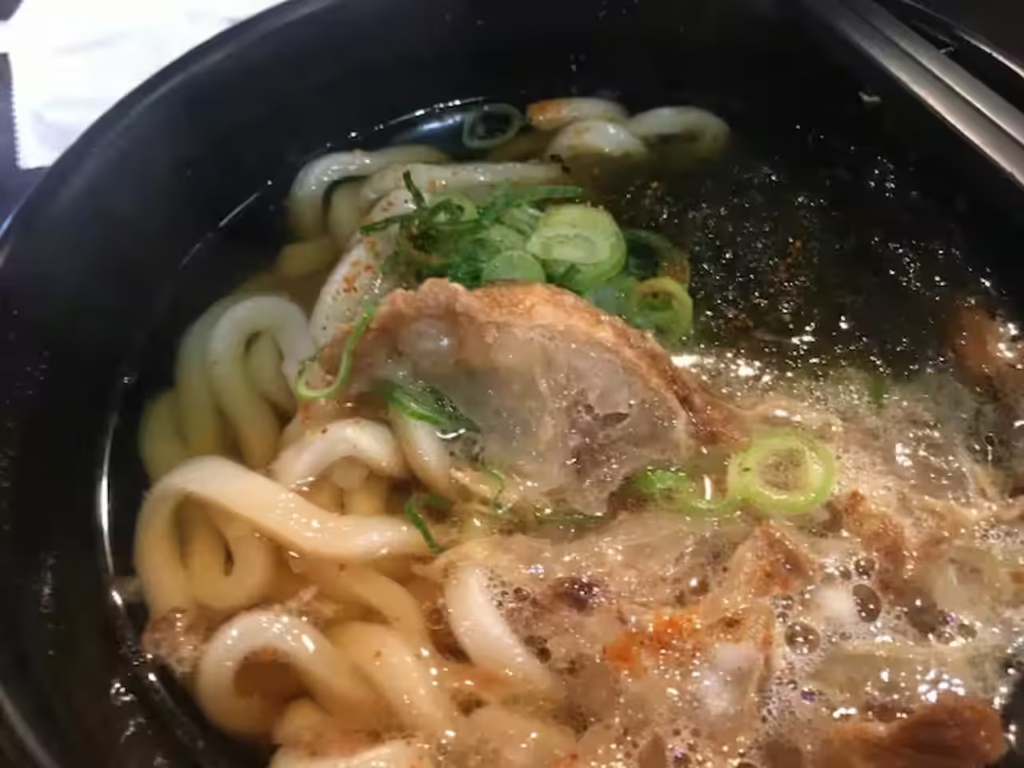
While once a regional specialty, the increasing popularity of Abura kasu has expanded its availability.
- Online Retailers: For consumers outside of Japan or the Osaka region, online marketplaces such as Amazon and Rakuten offer the most accessible procurement method. A variety of formats, including pre-sliced and block forms, are typically available for national and international shipping.
- Butcher Shops and Supermarkets in Osaka: In its region of origin, Abura kasu can be readily found at local butcher shops and select supermarkets, such as the Super Tamade chain.
- National Supermarket Chains: In recent years, select stores of major supermarket chains in Japan, including Aeon, Life, and Gyomu Super, have begun to stock Abura kasu. However, availability can be inconsistent, so it is advisable to contact a specific store to confirm its availability.
Conclusion
In summary, Abura kasu is a traditional Osakan food product derived from beef small intestine, celebrated for its concentrated umami and unique texture. This culinary practice exemplifies a tradition of resourcefulness, wherein cooks transform a modest by-product into a highly prized ingredient. Its transition from regional specialty to nationally acclaimed delicacy underscores its remarkable flavor and adaptability within the Japanese culinary landscape. Abura kasu provides a unique gustatory experience, ranging from enriching kasu udon broth to adding depth to okonomiyaki and yakisoba. Online channels and select retailers increasingly offer this remarkable ingredient, ensuring its global accessibility. It promises to be a novel and enriching addition to modern culinary repertoires.

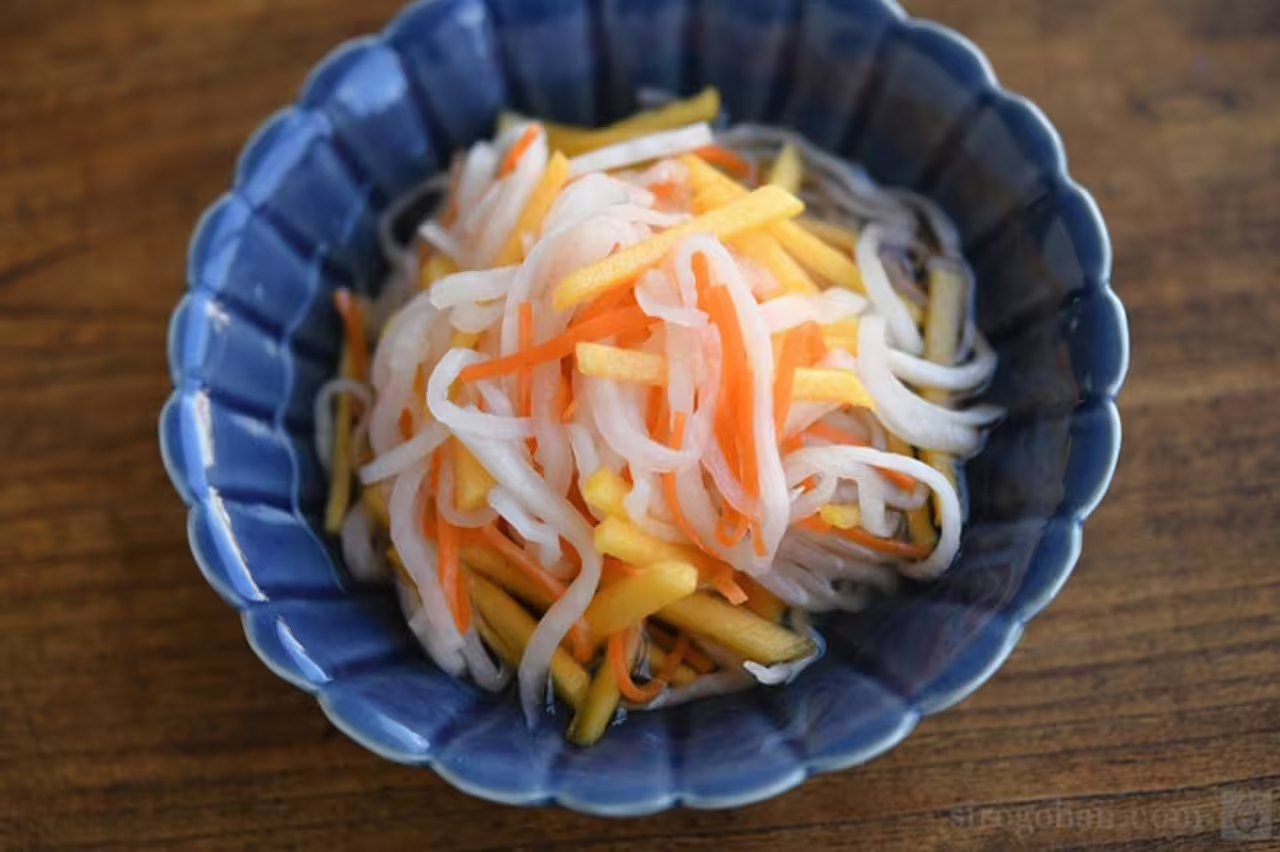
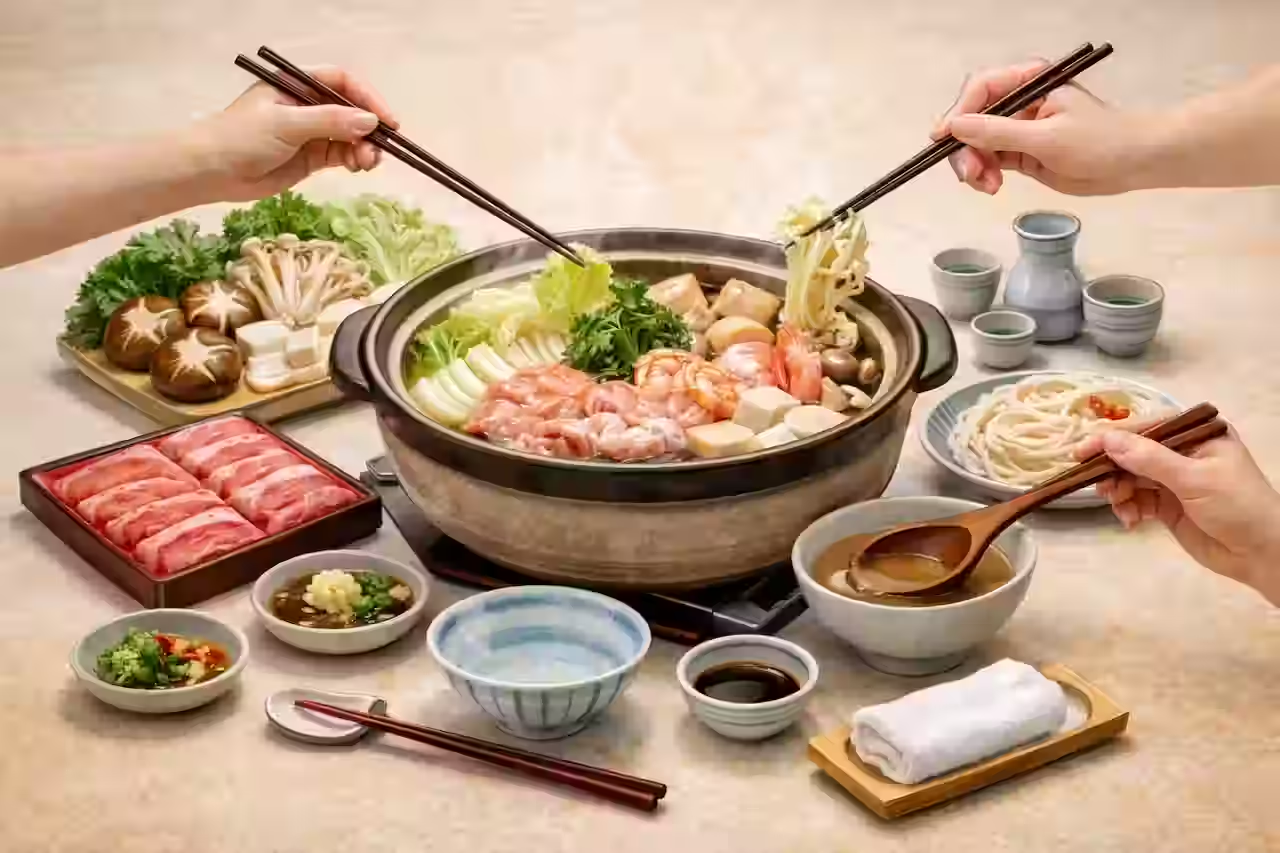

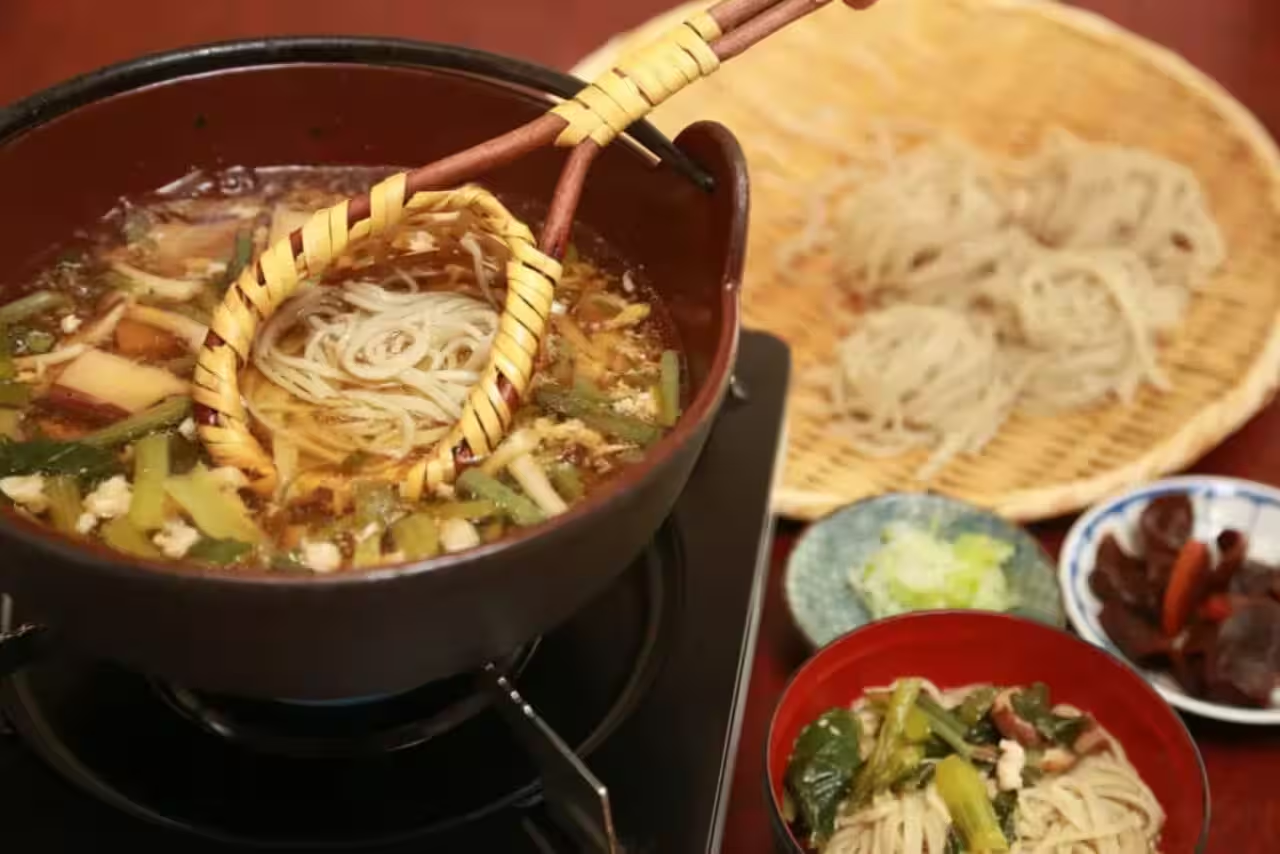

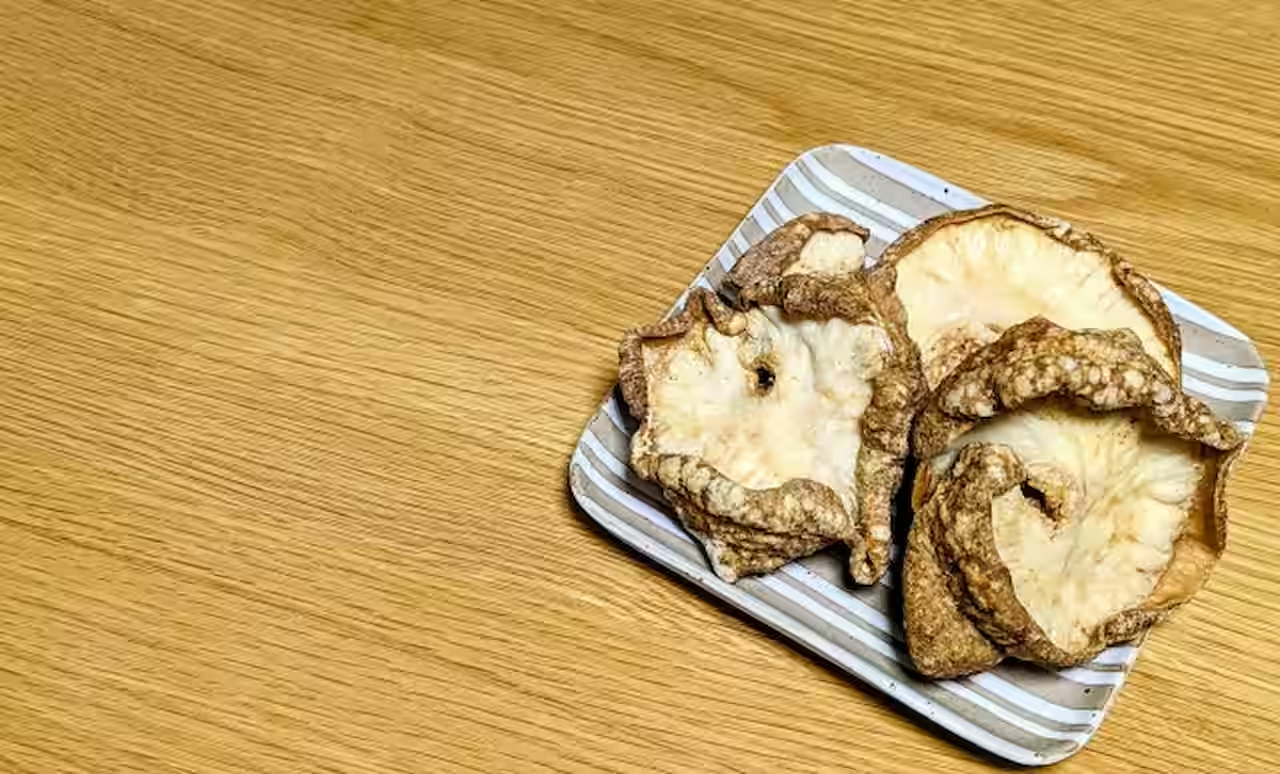

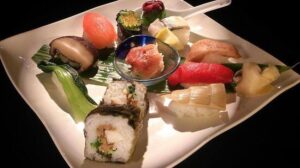
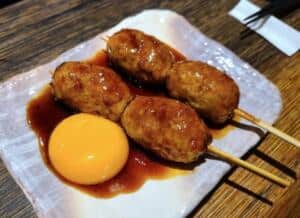
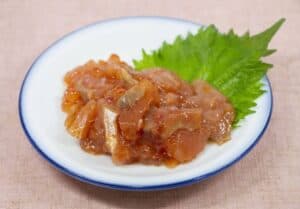
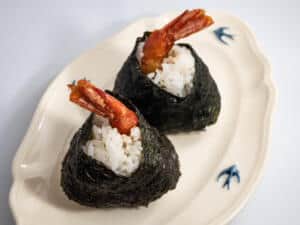
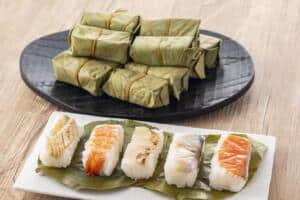
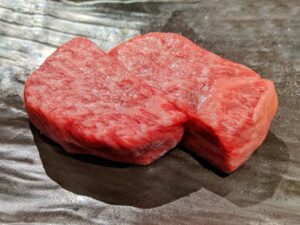
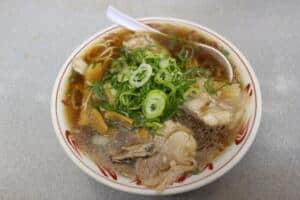
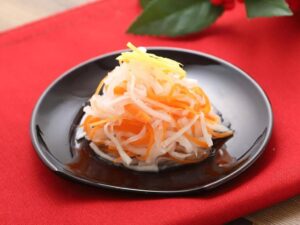
Comments